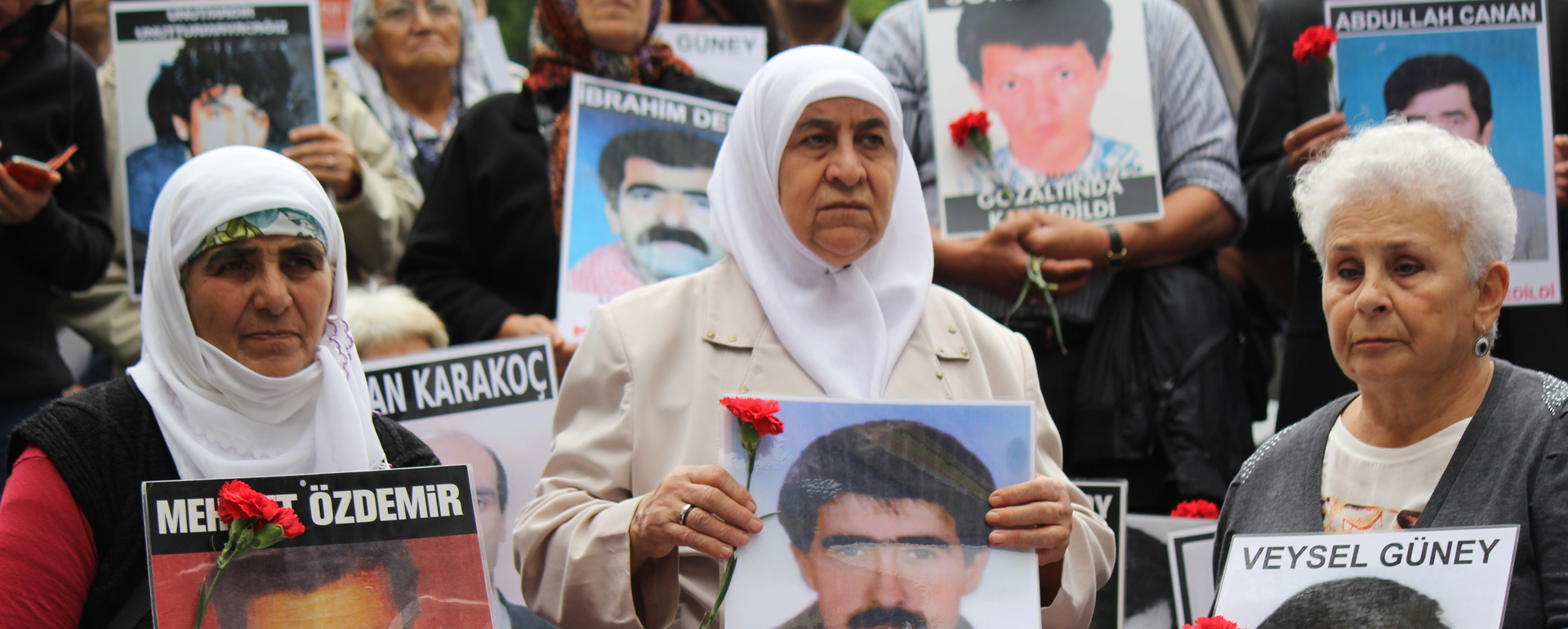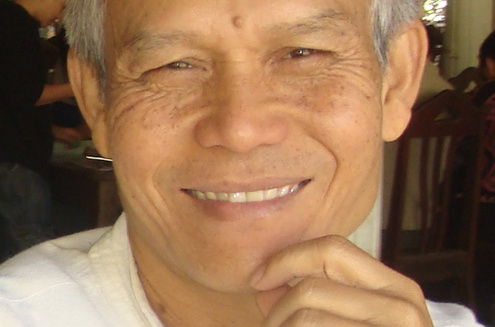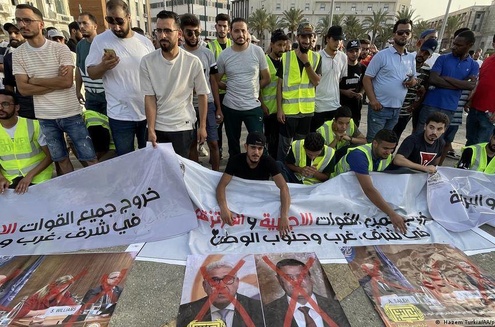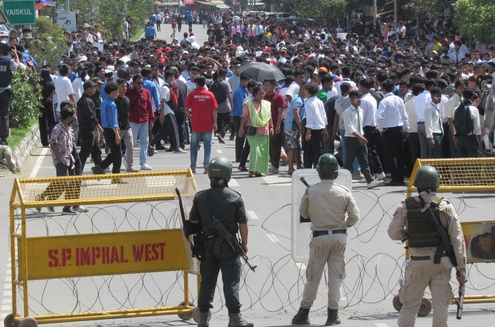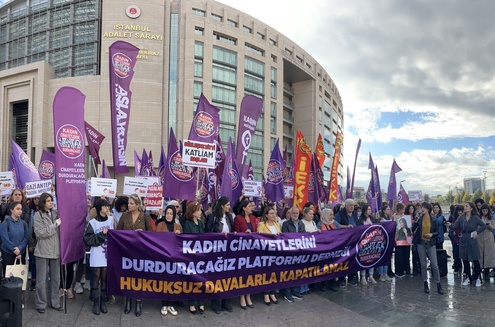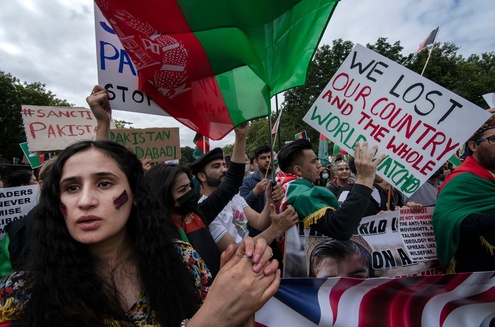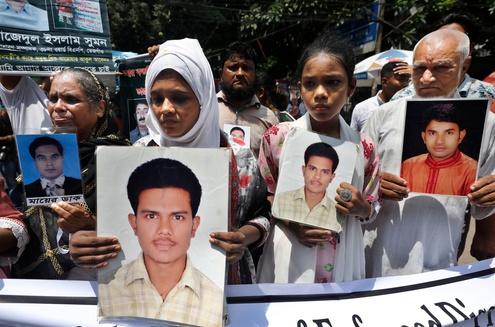Victims of enforced disappearance vanish without a trace after being arrested, detained, or abducted – from the street, their homes, and their place of work.
The perpetrators are usually State agents or others acting with State complicity, but they can also be non-State armed groups. When family members desperately enquire about their loved ones, the authorities usually refuse to acknowledge their involvement and to provide any information on the whereabouts of the disappeared person.
Whoever the authors, the consequences are devastating for the direct victims and their families. The people who “disappeared” may eventually turn up dead, often with signs of torture. They may reappear in detention weeks or months later, frequently having suffered torture or other ill-treatment when their whereabouts were unknown, and no lawyer or family member had access to them.
Many of them are not heard of again, and frequently families never learn the truth. Not knowing what has happened to a loved one or even if they are dead or alive is an endless source of anguish for the mothers, fathers, spouses, or children of forcibly disappeared people. Without being able to mourn, they can never find closure, and their suffering can last for decades.
While most victims are men, it is primarily women who strive to find the truth. Often, this struggle puts them at risk of intimidation, violence, or outright death.
Enforced disappearances came to the world’s attention during the 1970s and 1980s when Latin American military dictatorships used them widely to dispose of opponents and spread terror in the population. They are now more frequent than ever and affect each region of the world, particularly – but not only – during internal conflicts. Human rights defenders are particularly at risk, as are lawyers, journalists, or people who have witnessed violations by State agents.
Enforced disappearances are serious crimes under international law, banned, among others, by the International Convention for the Protection of All Persons from Enforced Disappearance, which entered into force in 2010. It aims to prevent such crimes, find the truth, and ensure that victims and their families obtain justice, reparation, and compensation.
The United Nations Committee Against Torture (CAT) has ruled that enforced disappearance constitutes in itself a form of torture and repeatedly stressed the right to know the truth, as well as the right to redress and reparation for victims and their families. The CAT experts have also established that States have a legal obligation to prevent, investigate, prosecute, and punish non-State actors (such as militias or terrorist groups) who carry out enforced disappearances on any territory under the State’s jurisdiction.
